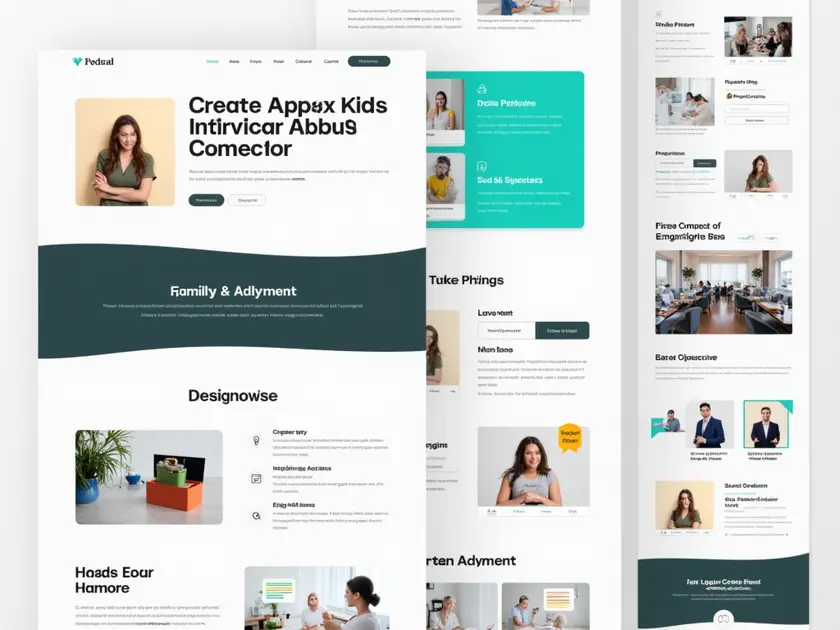Are you a designer looking to make a mark in the industry? Crafting a strong design portfolio is crucial for showcasing your skills and attracting potential clients or employers. How to Build a Successful Design Portfolio involves more than just putting together a collection of your work; it requires careful consideration of your unique design style, effective presentation of your best projects, and strategic networking to grow your opportunities. In this guide, we will explore essential tips and strategies to help you create a portfolio that stands out and propels your design career forward.
Crafting Your Unique Design Style
When it comes to design, it’s essential to establish your unique style that sets you apart from others in the industry. Your design style is a reflection of your creativity, personality, and vision. Here are some tips to help you craft your unique design style:
1. Find Inspiration
- Explore different design styles, trends, and techniques to draw inspiration from.
- Visit art exhibitions, design shows, and galleries to expand your creative horizons.
2. Experiment with Different Tools and Mediums
- Try out various design tools, software, and mediums to discover what works best for you.
- Experiment with traditional and digital methods to push the boundaries of your creativity.
3. Develop a Signature Element
- Create a signature element or design feature that defines your style and makes your work recognizable.
- Whether it’s a specific color palette, typography choice, or design motif, make it uniquely yours.
By following these tips and staying true to your creative vision, you can craft a design style that is uniquely yours and resonates with your audience.
Showcasing Your Best Work Effectively
When it comes to showcasing your best work effectively, it’s essential to highlight your strengths and unique selling points. Here are some key strategies to help you stand out:
- Create a Professional Portfolio: Compile a portfolio that showcases your best projects and demonstrates your skills and expertise.
- Highlight Key Achievements: Showcase your most successful projects and highlight the results you achieved for your clients.
- Use High-Quality Images: Visuals are essential in showcasing your work effectively. Use high-quality images to showcase the details of your projects.
- Provide Detailed Case Studies: Share in-depth case studies that explain your creative process, problem-solving skills, and the impact of your work.
- Seek Client Testimonials: Testimonials from satisfied clients can add credibility to your work and help potential clients understand the value you provide.
- Utilize Social Media: Use social media platforms to showcase your work, engage with your audience, and attract potential clients.
By implementing these strategies, you can effectively showcase your best work and attract new opportunities in your design career.
Networking and Building Relationships
Networking and building relationships are essential aspects of establishing a successful career in any industry, including design. By connecting with peers, mentors, clients, and industry professionals, you can expand your opportunities, gain valuable insights, and create a strong support system.
Importance of Networking:
- Opportunities for collaborations and partnerships
- Access to industry insights and trends
- Potential for referrals and recommendations
- Building a strong professional reputation
Effective Networking Strategies:
- Attend industry events, conferences, and workshops
- Utilize online platforms such as LinkedIn and Behance
- Join professional organizations and design communities
- Participate in design competitions and exhibitions
Building Relationships:
Building genuine relationships with clients, colleagues, and industry professionals is key to long-term success. By fostering trust, communication, and mutual respect, you can create lasting connections that benefit both parties.
Remember, networking is not just about exchanging business cards or social media connections; it’s about cultivating meaningful relationships based on shared interests, values, and goals.
Take the time to nurture your network, offer support, and seek opportunities to collaborate and learn from others. Building strong relationships can lead to new projects, referrals, and professional growth in the design industry.






